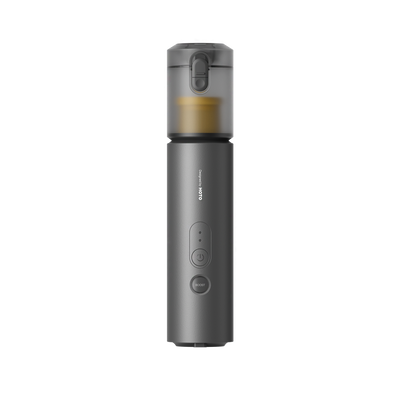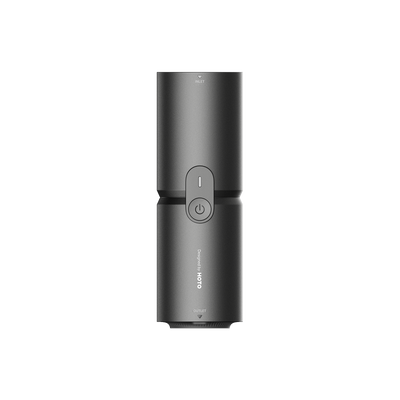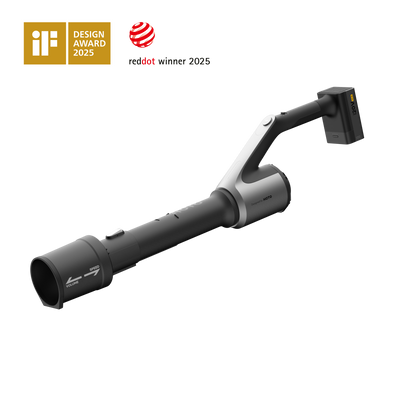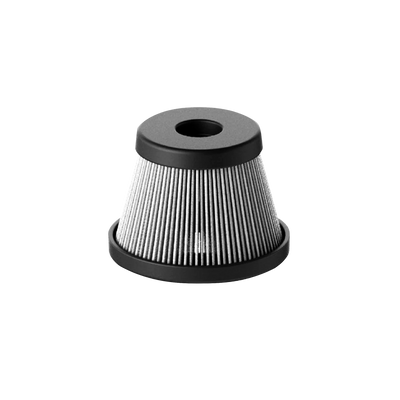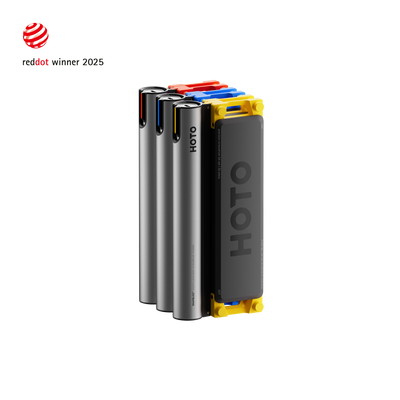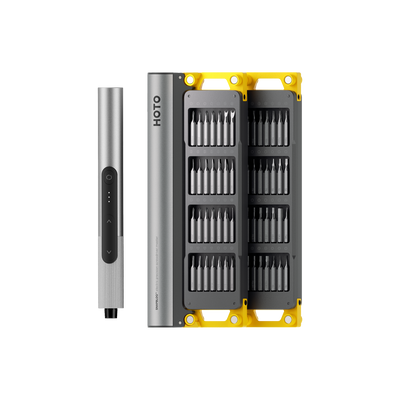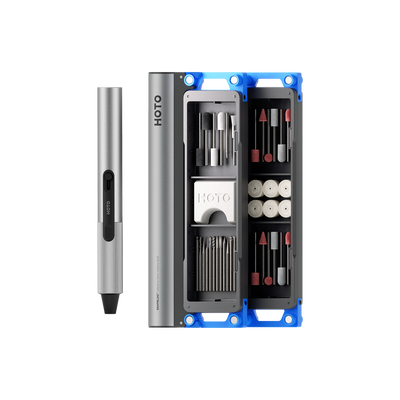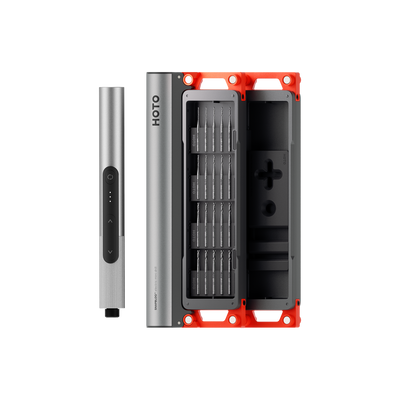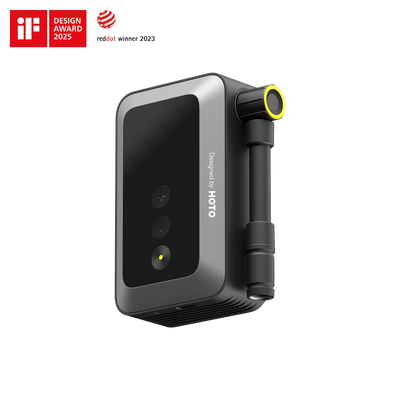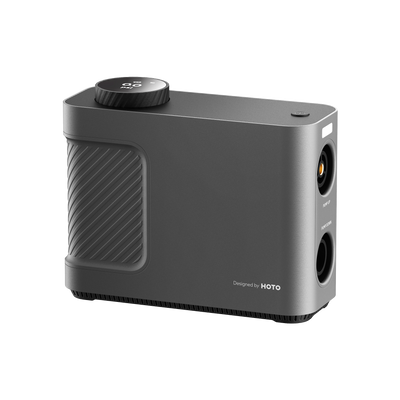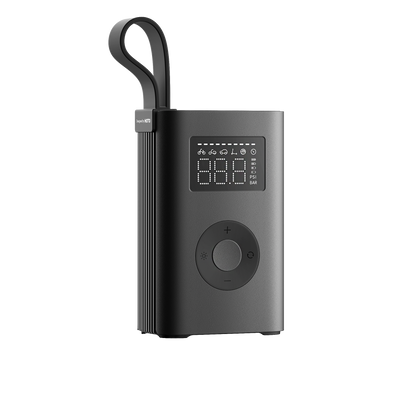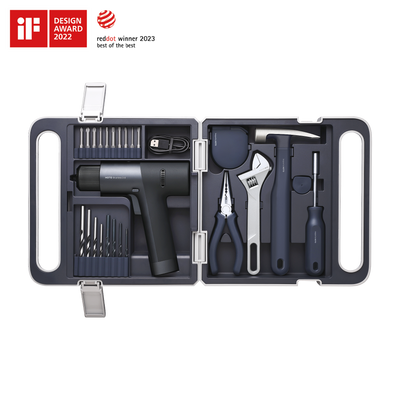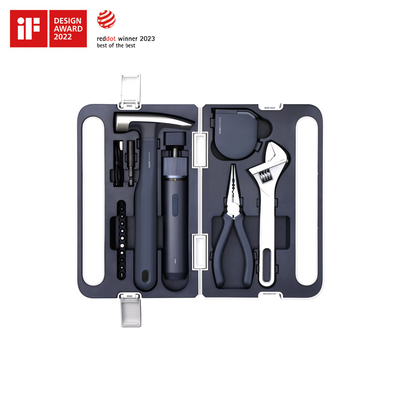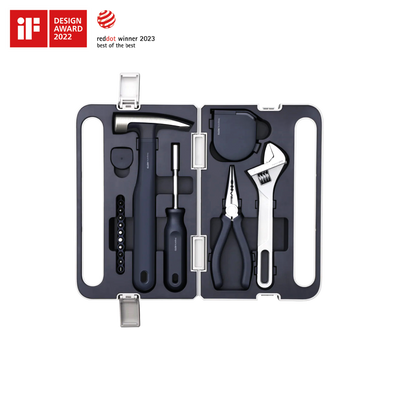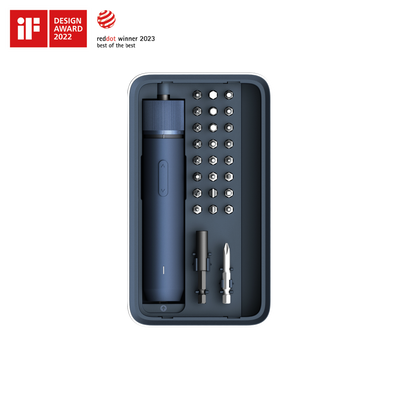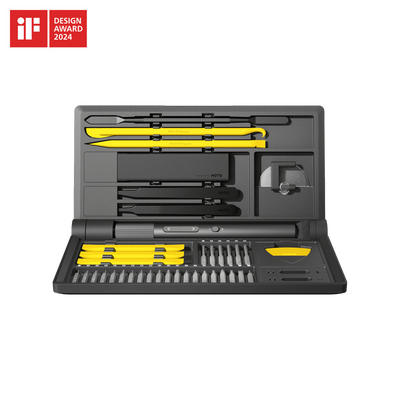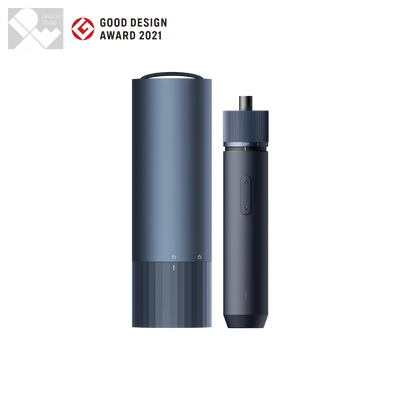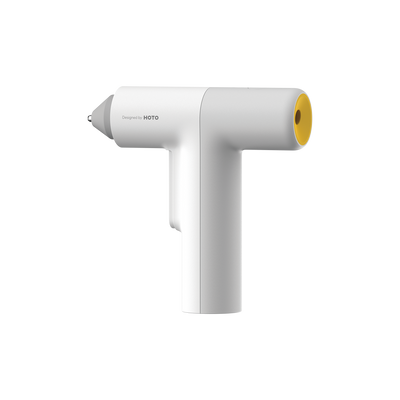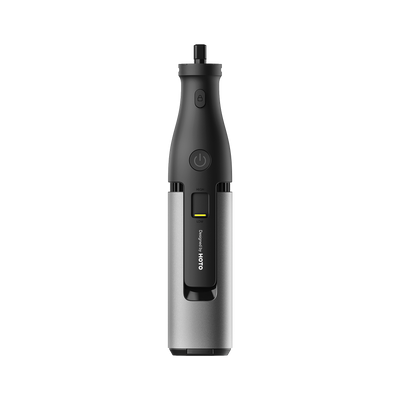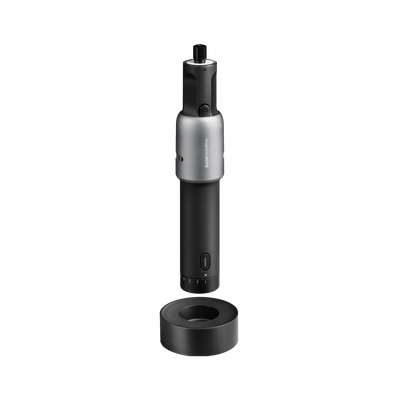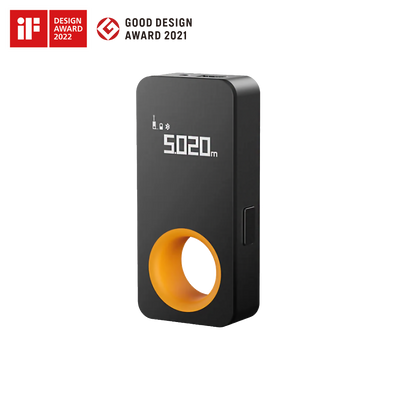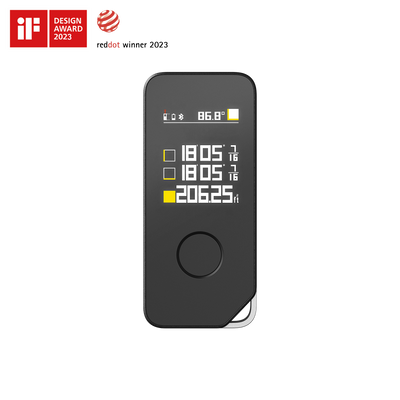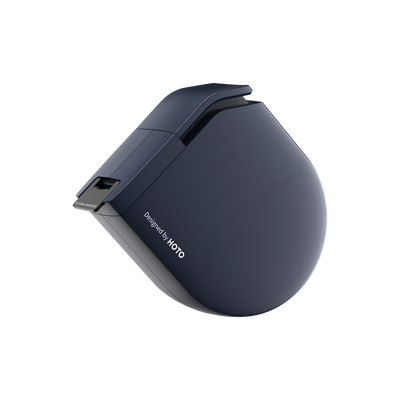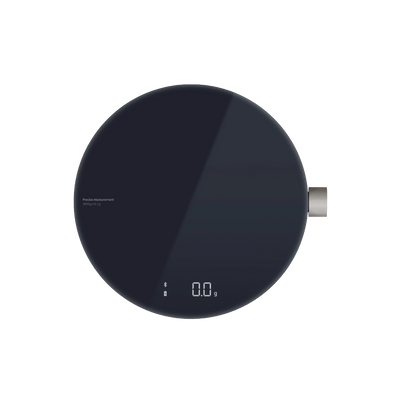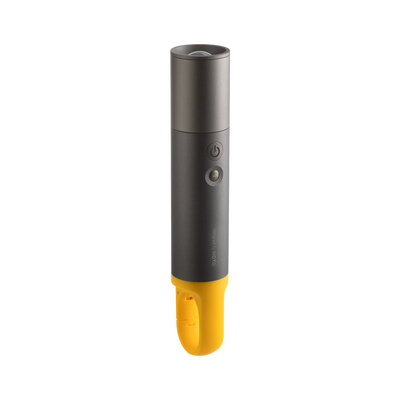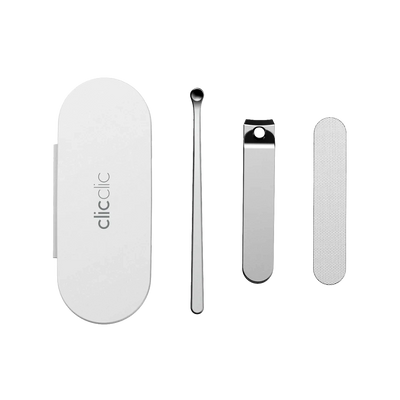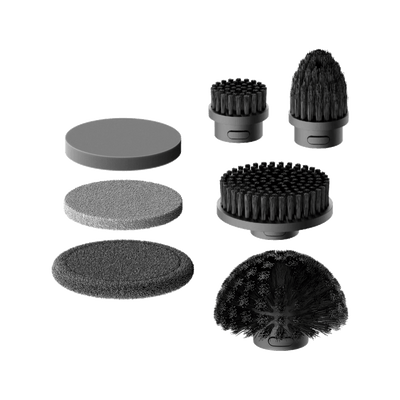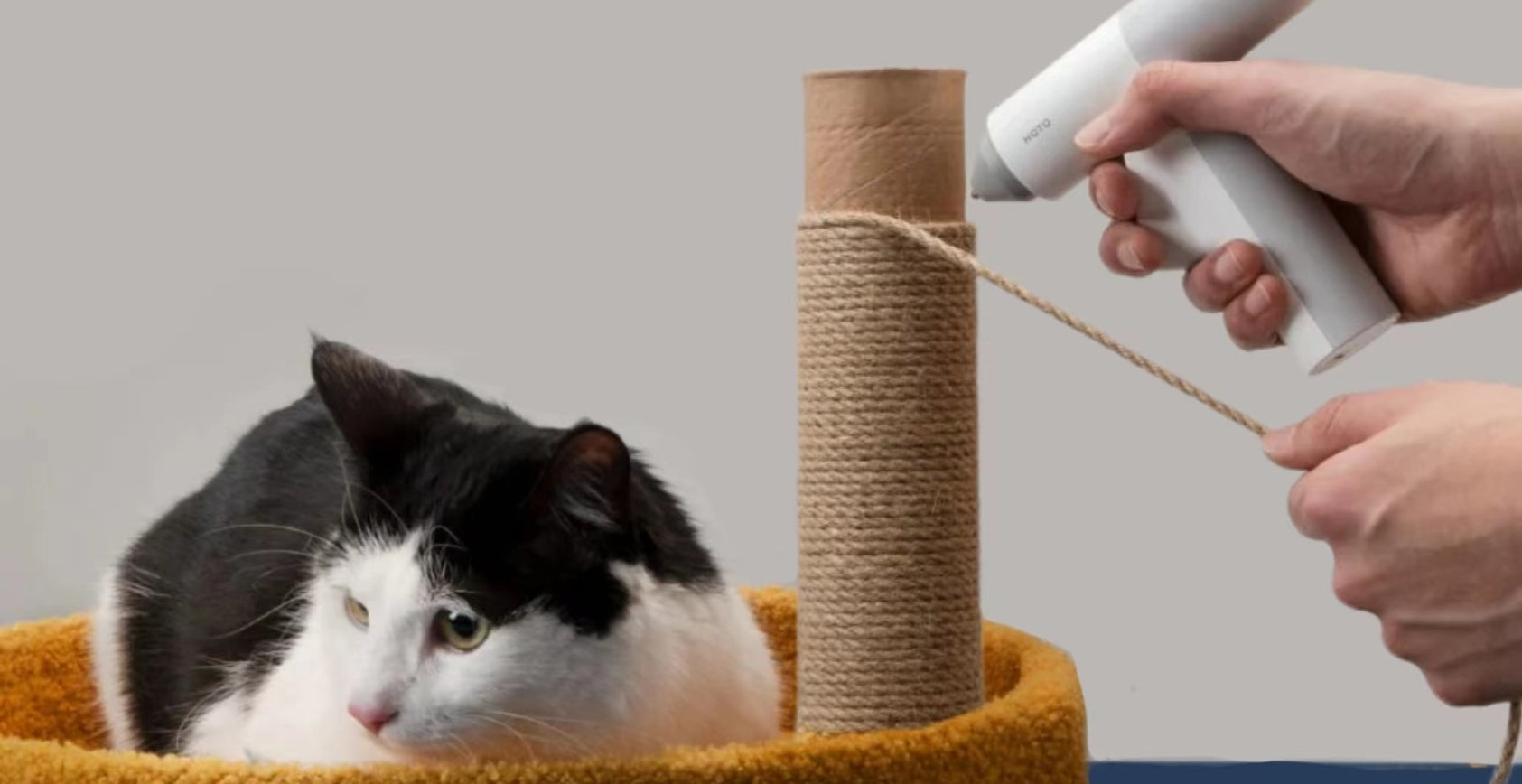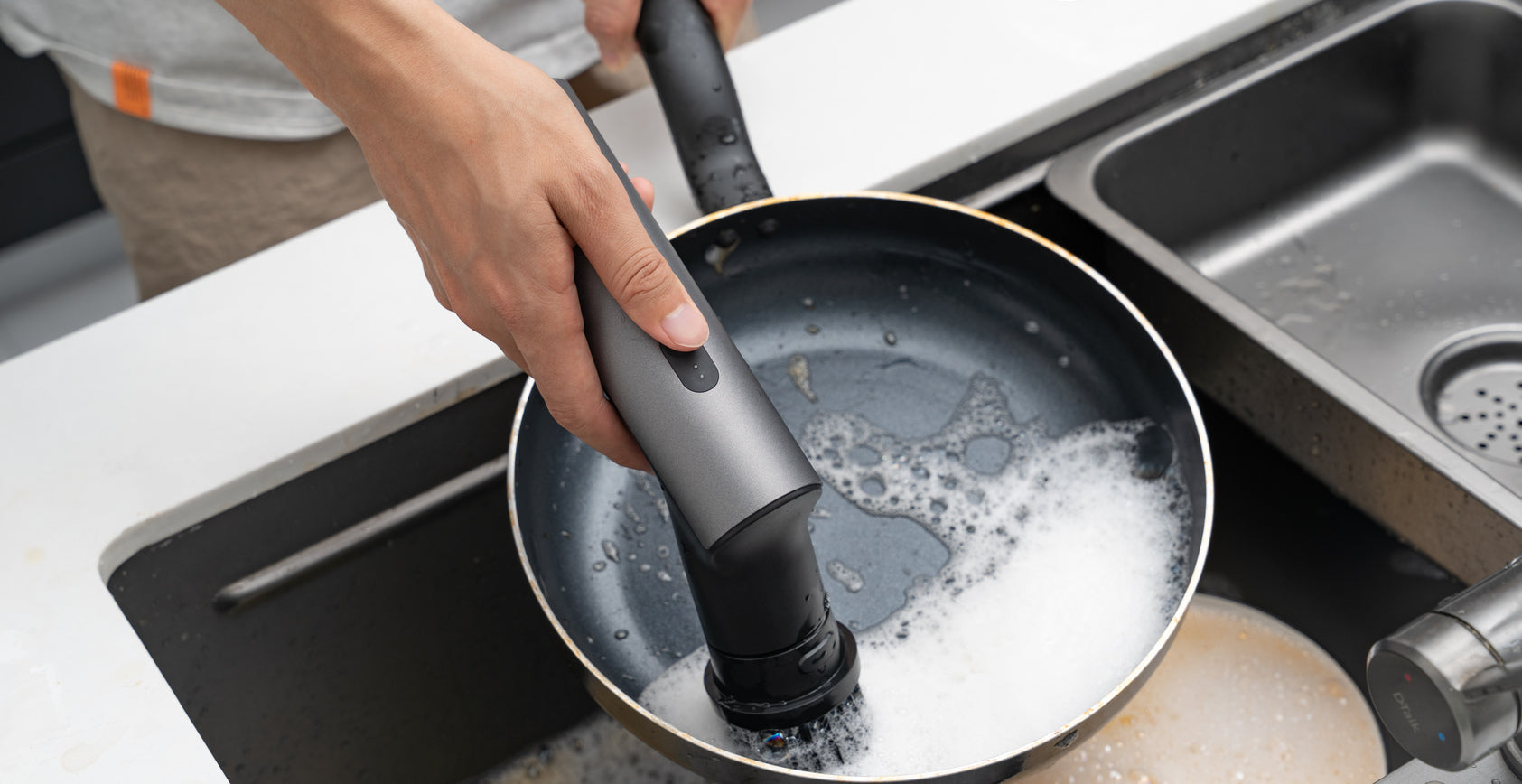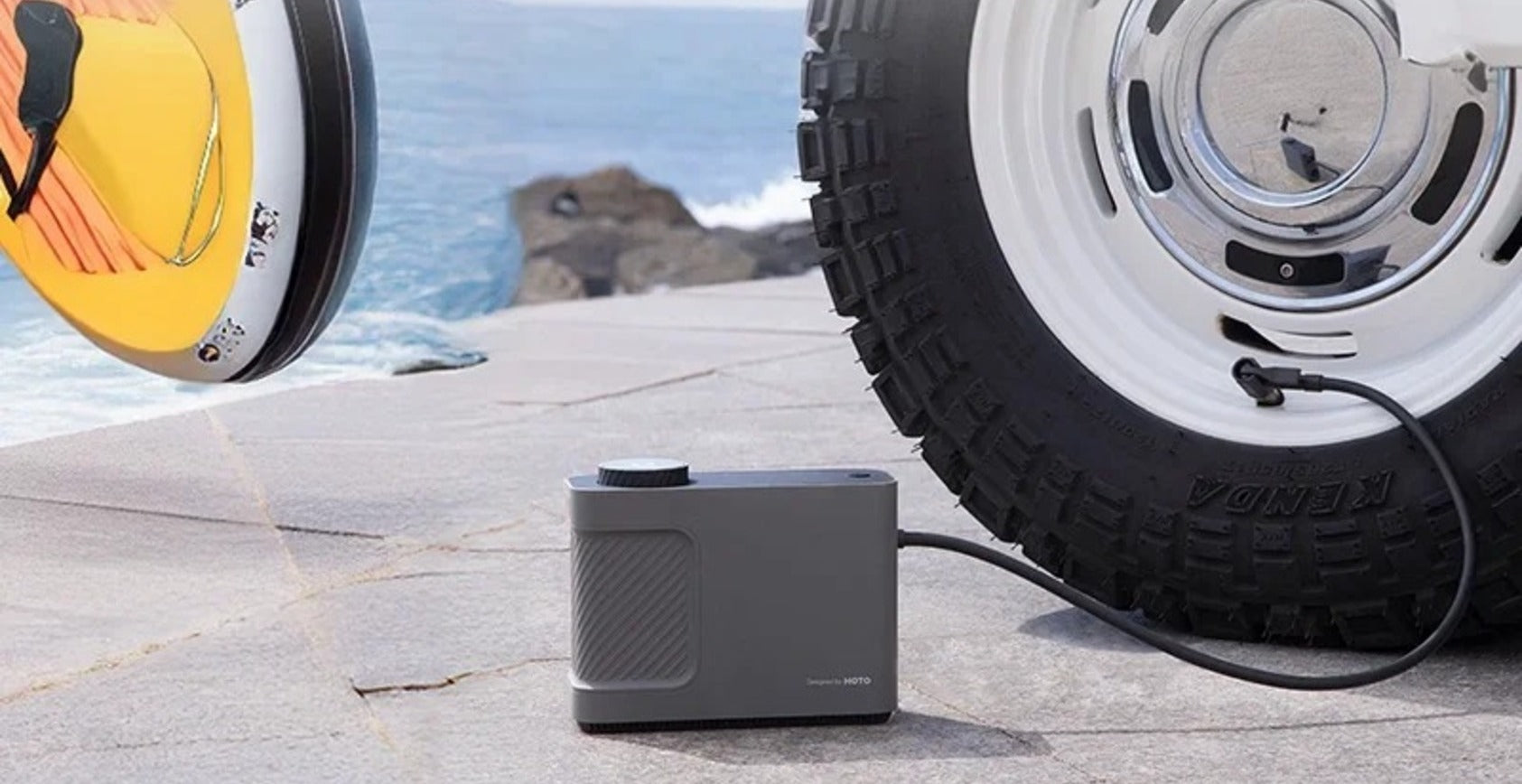
What happens if tires are overinflated: a smart air pump is needed
As the summer season kicks in, questions about tire pressure often arise for new or inexperienced drivers. What happens if your tires are overinflated? How can you prevent a tire blowout? Overinflation poses significant risks, from compromised handling to accelerated tire wear and reduced traction, especially on slick roads. To address these issues effectively, a smart air pump emerges as a crucial tool for any conscientious driver or vehicle owner.
How to Determine the Right Tire Pressure
Manufacturer’s Recommendations
The first step is to check your vehicle’s owner’s manual or look for a sticker typically located on the driver's side door jamb or inside the fuel filler flap. These sources provide the manufacturer’s recommended tire pressure, which is crucial for optimal performance. It’s important to check tire pressure when the tires are cold, meaning the vehicle hasn’t been driven for a few hours.
Consider Vehicle Size and Load
Tire pressure requirements can vary based on the size of your vehicle and its tires. As a general guideline, small cars often require around 30 psi, while medium-sized cars may need about 36 psi, and larger vehicles like SUVs could require up to 42 psi. If your vehicle carries additional weight or has larger wheels, you might need to adjust the pressure accordingly to maintain stability and tire health.
Seasonal Adjustments
Tire pressure changes with temperature variations. As temperatures fluctuate throughout the year, so too should your tire pressure. In warmer months, tires tend to heat up more quickly, so it’s advisable to set the pressure towards the lower end of the recommended range (e.g., around 33 psi). Conversely, colder temperatures cause tire pressure to drop, making it necessary to inflate closer to the upper limit (e.g., around 36 psi) during winter.
Spare Tire Considerations
Spare tires are often overlooked but are crucial in emergencies. Since they are infrequently used, it’s recommended to keep them inflated slightly higher than your regular tires, typically above 36 psi. This ensures they’re ready for use when needed. Remember to periodically check and adjust their pressure to maintain readiness.
The Consequences of Tire Overinflation
Shortened Tire Life
Normally, tires are designed to last between 6 to 8 years under ideal conditions. However, overinflation accelerates wear and tear. The rubber compounds in tires deteriorate faster when they are overinflated, increasing the risk of premature tire failure and potential blowouts. This is exacerbated on rough or bumpy roads where overinflated tires can undergo excessive deformation, reducing their lifespan. Conversely, maintaining proper tire pressure helps minimize wear, ensuring your tires last longer and perform better over time.
Reduced Safety
Tire pressure directly impacts the safety and handling of your vehicle, especially at higher speeds. Overinflated tires can lead to reduced traction and grip on the road surface. This compromises your ability to control the vehicle, particularly during cornering or emergency maneuvers. On the other hand, underinflated tires can cause overheating and increased rolling resistance, potentially leading to catastrophic failures like blowouts. It’s crucial to maintain optimal tire pressure to ensure safe driving conditions for yourself and others on the road.
Vehicle Instability
When tire pressure is too high, it affects the vehicle’s stability and overall driving experience. Overinflated tires may result in a harsher ride, increased vibration, and longer braking distances. This compromises the vehicle’s ability to come to a stop quickly, which can be dangerous in emergency situations or when driving in adverse weather conditions.
How to Minimize the Risk of Car Tire Blowouts

Choose Radial or Tubeless Tires
Opt for radial or tubeless tires whenever possible. These types are designed for slower heating and faster heat dissipation, making them less prone to blowouts. When selecting tires, pay attention to their specific patterns and intended use. Different tread patterns offer varying levels of traction and heat resistance, suitable for different driving conditions. Replace tires promptly when tread depth wears down to maintain optimal performance.
Match Tire Ply to Load
Each tire is marked with a ply rating that indicates its strength and load-carrying capacity. Ensure the ply rating matches the weight your vehicle regularly carries. Overloading a car can strain tires beyond their capacity, increasing the risk of blowouts. Uniform loading across axles helps prevent uneven wear and reduces the likelihood of simultaneous tire failures on the same side.
Regular Tire Maintenance
Small cars typically bear more load on front wheels due to steering and drive functions. To mitigate front tire wear, adhere strictly to vehicle maintenance schedules outlined in the owner’s manual. This includes regularly rotating tires between front and rear positions, and scheduling periodic dynamic balancing and four-wheel alignments. These practices extend tire life and enhance vehicle stability.
Practice Safe Driving Habits
Avoid driving behaviors that stress tires unnecessarily. Rapid acceleration, abrupt braking, and sharp steering maneuvers can increase tire wear and strain. During emergency braking, tires undergo intense friction with the road, potentially leading to overheating and damage. Maintain smooth and steady driving to minimize stress on tires, ensuring they perform optimally and last longer.
How a Smart Air Pump Enhances Tire Inflation

Digital Pressure Gauge
A standout feature of smart air pumps is their integrated digital pressure gauge. This modern tool accurately measures tire pressure, eliminating the need for a separate gauge. With a clear digital display, you can monitor tire inflation in real-time, ensuring you achieve the optimal pressure to enhance safety and performance on the road.
Smart Stop Feature
Ideal for frequent travelers and business trips, a top-quality air pump like the HOTO model is indispensable for emergencies. Equipped with a smart chip, it automatically halts inflation once the desired pressure is reached. You can easily manage the process with a start-stop button, ensuring precise control and preventing overinflation. Its versatility extends to inflating various items such as balls, bicycles, electric scooters, motorcycles, and cars, thanks to multiple modes tailored for different inflation needs.
Portability and Convenience
Designed with portability in mind, HOTO air pumps are compact enough to fit neatly in a car trunk or under a seat. This ensures you have a reliable inflation solution wherever you go, without taking up valuable space. Recharging is hassle-free with a standard Type-C cable, offering flexibility for on-the-go use. For faster charging, simply connect it to a 20W USB hub to achieve a full charge in approximately 210 minutes.
FAQs
Here are some of your most frequently asked questions in relation to inflation and smart air pumps.
How often should I check my tire pressure?
It's recommended to check tire pressure at least once a month when the tires are cold (vehicle hasn’t been driven for a few hours). Additionally, check before long trips or when there are significant temperature changes.
Besides tire pressure, what other factors should I consider for tire maintenance?
Alongside proper inflation, regular tire rotation, alignment checks, and monitoring tread depth are essential. These practices help extend tire life and maintain vehicle stability and safety.
Do I need professional assistance to use the smart air pump?
In fact, all the steps are easy enough to learn by following the instruction manual and videos. Smart air pumps are designed with user-friendly interfaces, often featuring simple controls and digital displays that show current tire pressure. You just need to make sure it’s fully charged before the first use, choose the right pump mode and wait for the inflation completed.
Can a smart air pump inflate tires to different pressure levels for various vehicles?
Yes, like HOTO smart air pumps, it can inflate tires to different pressure levels suitable for cars, bicycles, and other inflatable items like sports balls or beach inflatables. Smart air pumps often have preset modes or adjustable settings for different inflation needs.

Summary
As technology continues to innovate, what happens if tires are overinflated is never a worrying question like before. HOTO air pumps stand out as indispensable tools for modern drivers seeking reliability and peace of mind on the road. Investing in a smart air pump ensures that whether for daily commutes or adventurous journeys, you can enjoy a smoother and safer driving experience.


